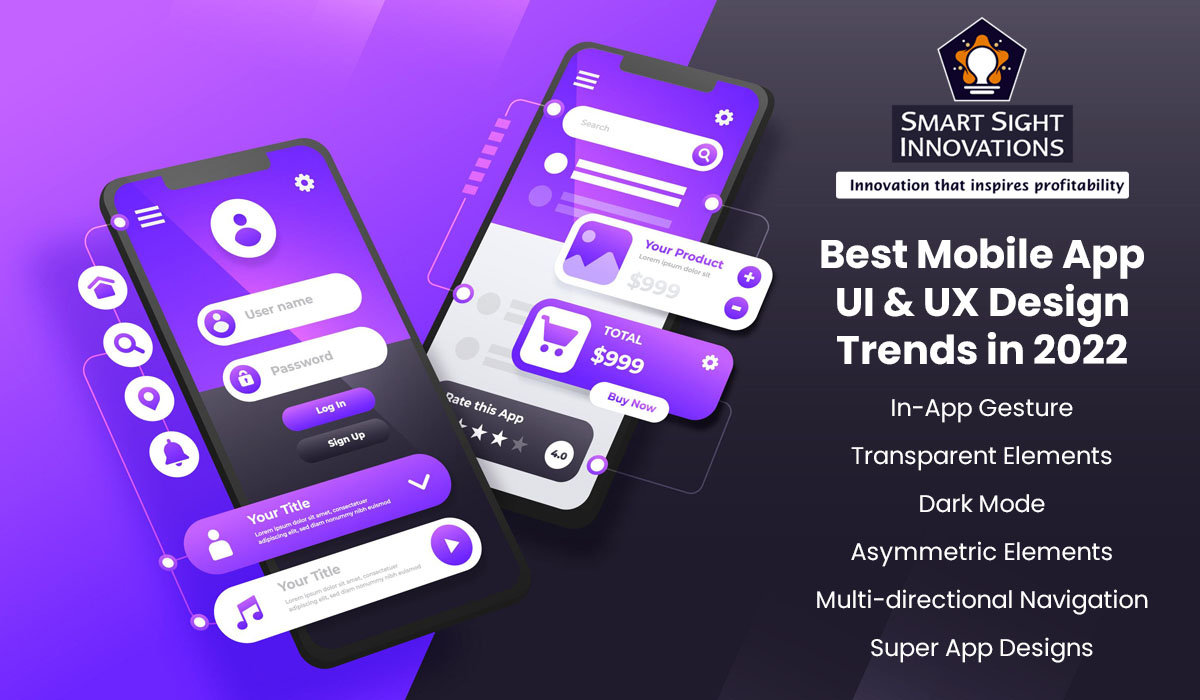A2102 Insights
Explore the latest trends and news on technology, lifestyle, and more.
Designing Delight: When Good UI Meets Great UX
Unlock the secrets of captivating design! Discover how great UI transforms user experience and keeps your audience coming back for more.
The Magic Formula: How Good UI Enhances User Experience
User Interface (UI) plays a crucial role in shaping the overall User Experience (UX) of a product. When designed effectively, UI enhances how users interact with a product, making their journey intuitive and engaging. A seamless UI provides clear navigation pathways, allowing users to accomplish tasks with minimal friction. This is particularly important in today's fast-paced digital world, where users expect immediate results. A well-structured UI not only attracts users but also keeps them coming back, amplifying the value of a positive User Experience.
One of the key elements of good UI is its ability to communicate effectively with the user. For instance, employing visual hierarchy can guide users' attention to the most important features first, while consistent design patterns help them understand how to interact with the interface. Furthermore, incorporating responsive design ensures that users have a fluid experience across different devices. In sum, the magic formula lies in the harmony between UI and UX, where an appealing interface significantly boosts the overall satisfaction and usability, turning casual users into loyal fans.

10 Principles of Designing Delight: Balancing UI and UX
Designing for delight hinges on the seamless integration of UI (User Interface) and UX (User Experience). The first principle emphasizes the importance of consistency across the platform. Users develop expectations based on their interactions, so maintaining uniformity in visual elements, typography, and navigation is crucial. Next, prioritize usability: your design should be intuitive, allowing users to navigate effortlessly. Another principle is to design with empathy, understanding users' needs and emotions, ensuring that the experience is enriching rather than frustrating.
Amplifying delight further involves the feedback mechanism. Providing users with timely and constructive feedback during interactions fosters a sense of control and satisfaction. Next, focus on the aesthetic aspect—an appealing design captures attention and elevates the overall experience. Consider the context in which your design will be used; adapting the design to fit different scenarios can enhance user engagement. Lastly, regularly seek user feedback to iterate and refine your design. By adhering to these principles, you can achieve a harmonious balance between UI and UX, ultimately leading to a delightful user experience.
What Makes a User Interface Delightful? Key Elements to Consider
Creating a delightful user interface (UI) involves meticulous attention to several key elements that enhance the overall user experience. Firstly, visual appeal is crucial; a pleasing aesthetic can captivate users and encourage them to explore further. This includes selecting a harmonious color palette, using legible typography, and implementing intuitive layouts. Secondly, usability is paramount; regardless of how beautiful the design is, it must be functional. Clear navigation, consistent design patterns, and intuitive controls ensure that users can accomplish their goals without frustration.
Furthermore, responsiveness plays a significant role in how delightful an interface can be. As users interact with various devices, an interface must adapt seamlessly across screen sizes and orientations. Equally important is the aspect of feedback; providing users with clear and timely responses to their actions can significantly enhance their satisfaction. Whether it's through visual cues like highlighting buttons or subtle animations, effective feedback reassures users that their input is recognized and valued, ultimately contributing to a more engaging and enjoyable experience.